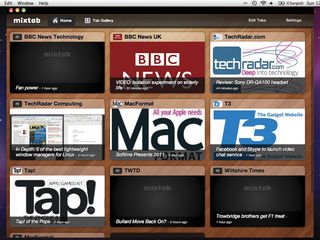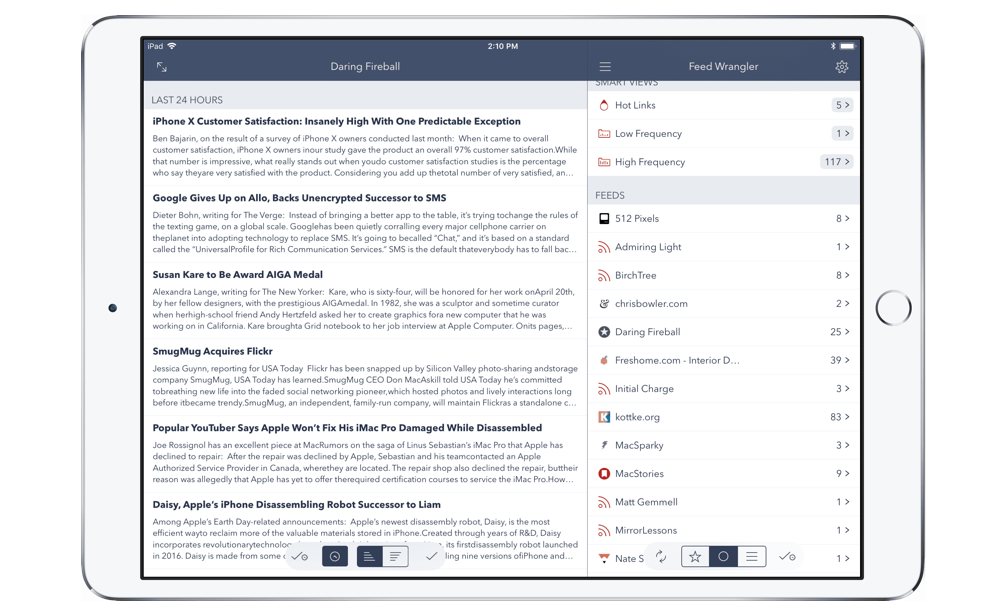


It will contain the title, description, and link for every page listed in the feed. Try clicking the link - you’ll see the information in raw XML format. If there’s an RSS feed available, it will be a link that ends in “rss” or “xml.”.Search (Ctrl + F on Windows or ⌘ + F on a Mac) for “RSS”.Right-click anywhere on the page and select “View Page Source.”.Navigate to the site in your web browser.There’s a simple way to see if your favorite web site has its own RSS feed. That means it’s easy for websites to continue publishing content via RSS - and many do. While Google hasn’t publicly confirmed that it closed Reader to get more people using Google+, the consensus is that that’s exactly what happened.Įssentially, RSS’ fatal flaw is that it wasn’t monetizable - in contrast to social media sites, which feature ads intermingled with user-generated content. It’s not a coincidence that Google+ (RIP) was introduced right around the time of Google Reader’s shutdown. But for big internet companies trying to get people using social media platforms, RSS was an annoyance. RSS can also get more eyeballs on the site’s content, offering an easy way to bring in more traffic. It’s free to use, in other words.įor websites, the benefits of publishing an RSS feed go beyond the negligible cost. Part of what makes XML so widespread is its open-source status. XML, short for EXtensible Markup Language, is a common feature of websites - used for things like sitemaps, addresses, and phone numbers, in addition to RSS feeds.

That’s the real value-add of RSS: it not only brings your favorite websites together in one platform but highlights the latest news as soon as it’s published. Within an RSS reader’s interface, you enter the URL of a website you’d like to “follow.” If the site publishes an XML feed of its pages (more on that in a moment), the reader will start to pull in the page titles and descriptions in a kind of news feed.Īs your saved sites publish new content, the reader will immediately update. And that pretty much sums up what they do and how easy they are to use. RSS is short for Really Simple Syndication. So what happened - and are RSS readers still relevant today? RSS readers: a minimal tool for viewing web articles Reader was “successful and growing” in 2013, a recent Y Combinator thread points out. The shutdown wasn’t about maximizing profit or a declining user base. The reactions to Google’s move were less than positive: That’s the day Google switched off its Google Reader tool - a slick, intuitive web interface for collating and favoriting web content.


 0 kommentar(er)
0 kommentar(er)
